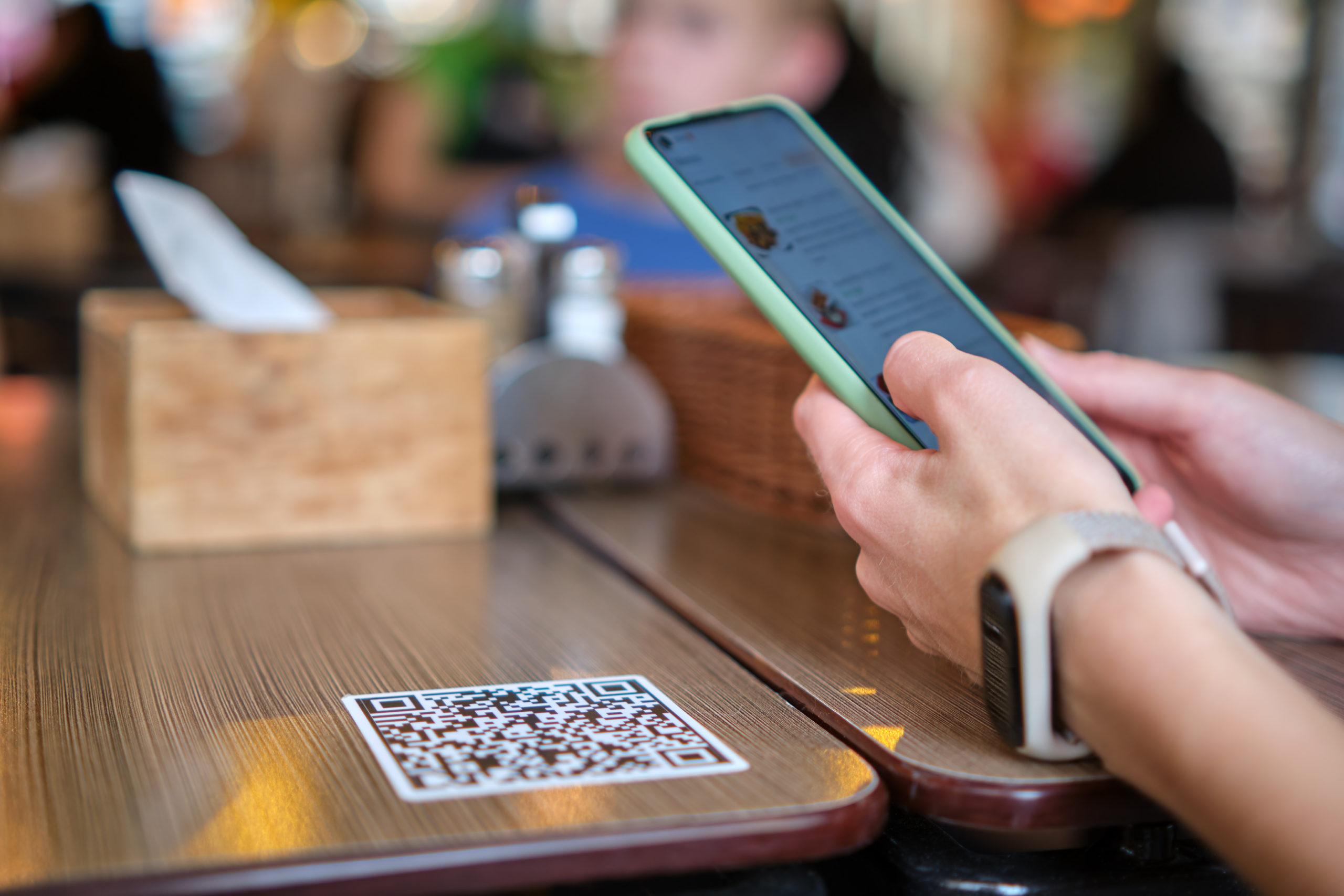News • Jul 23 2024

insight • May 25 2022

insight • May 25 2022
Think back a few years ago to the year 2019 — pre-COVID. A time when we weren’t so hyper aware of just how many germs there are in crowded places like restaurants, malls, sports stadiums, or airplanes.
When COVID hit, everything changed.
Seemingly overnight, we all became very familiar with remote work, zoom calls, virtual school, and social distancing. Nearly every aspect of our lives was turned upside down.
Businesses were forced to adapt, too. And many did, quite successfully. Makeshift design changes were put into place to help businesses stay afloat in such a challenging time. Some of these design changes are related to the deliverables and the way in which goods and services are offered. While other design changes are related to the physical and aesthetic design elements of a brick and mortar business.
Three years later, which pandemic design changes will remain and how will the design industry adapt to support evolving business needs?
The pandemic affected nearly every industry. One of the largest to take a hit was restaurants, eateries, bakeries, and other dining establishments.
At the beginning of the pandemic, many restaurants closed their inside dining completely and turned to take out and other delivery options. Those restaurants that could remain open often brought back QR codes for touch-free menus and installed touch-free soap dispensers, and foot pedals in restrooms in lieu of door handles to cut down on the spread of germs. Perhaps one of the most obvious examples of design adjustments is the use of plexiglass partitions between tables or booths to prevent virus spread and enable social distancing. While these partitions are functional at keeping guests safe and distant, they aren’t always that pleasant to look at.
In an article for Architectural Digest, designer W. Brian Smith noted, “Plexiglass shields and spaced-out tables can be triggering reminders of difficult times. The challenge for designers lies in our ability to translate protective measures into constraints that can actually help the bottom line. Designers can help owners put their own spin on the color and materiality of PPE so that they appear as comforting extensions of the brand.”
Early on in the pandemic, when safety was paramount, there was little time to consider the aesthetics of safety measures. Now, however, the challenge is for new and existing businesses to recognize and incorporate pandemic design elements that provide a high level of safety while simultaneously preserving the integrity and aesthetics of the customer experience.
In the same article, architect Michael Hsu speaks to the importance of adapting the design to be mindful of safety without disrupting the ambiance of the dining experience. “Incorporating beautiful partitions and screening delineates personal space and creates anxiety-free dining without overusing available square footage. Dim and warm lighting is a core strategic design element to authenticate intimacy and coziness as restaurants become more spacious.”
In cities across the country, outdoor seating pop-ups appeared as businesses slowly started to reopen in 2021. This alfresco dining may have seemed improbable a few years ago, but during the pandemic, it caught on and became a new and trendy way for people to gather once again.
These makeshift structures served multiple purposes. First, they allowed businesses to expand the square footage of their brick and mortar locations while accommodating customers in a way that was socially distant and safe. Also, the structures provided a venue for customers to socialize with one another again safely. And finally, leveraging previously unused outdoor space was a sound business strategy that allowed many businesses to stay afloat in such an uncertain time.
Throughout the pandemic, outdoor spaces in general have been reimagined to include and incorporate many of the comforts we usually find indoors. Things such as comfortable furniture, artwork, greenery, and more. For years, the trend has been to bring the outdoors in. But now, according to architect Michael Hsu the design trend is reversed — the focus is bringing the indoors, out. “Redesigning outdoor spaces with all the creativity, coziness, and amenities of indoor spaces guides a certain mood that may not have been present or considered before. Proper lounge furnishings, accessories, and even art achieve the comforts of indoor experience and shouldn’t be limited to interior spaces.”
Design will always be changing and evolving. That’s a given. However, in the wake of a global pandemic, there now exists an opportunity to rethink and reimagine design. The past three years were largely reactive. Businesses had to respond quickly and efficiently to adapt to the changing needs of consumers. Now, designers and creators have an opportunity to intentionally design spaces that reflect the highest commitment to customer safety and wellbeing while simultaneously providing an extraordinary experience.
News • Jul 23 2024
News • Jul 11 2024
Generis Collective can be your single point of contact for all your property development needs- providing leadership across every stage of your project and managing all moving parts. Let’s connect and start transforming your guest experience.